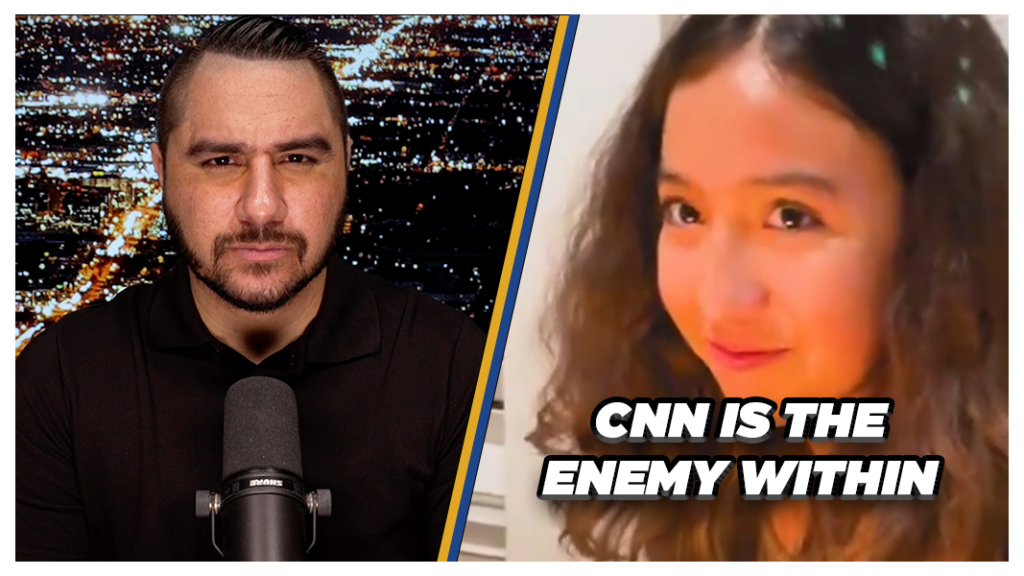Former President Donald Trump recently held a press conference at his Mar-a-Lago estate, focusing on what he described as the severe consequences of Kamala Harris’ policies related to border security and immigration. During this event, Trump aimed to shed light on the implications of these policies, particularly in the context of crime involving illegal immigrants. He presented a new, emotionally charged video featuring the mother of Jocelyn Nungaray, a young girl who tragically lost her life due to a violent crime committed by unauthorized immigrants. The presentation of such a deeply personal account was meant to underscore the broader issues of crime and safety linked to immigration policies under the current administration.
The press conference took a contentious turn when, just before Trump could display the video, CNN abruptly cut the livestream. This move was framed by CNN as a response to what they claimed were Trump’s false statements and spreading of misinformation. The incident sparked outrage among Trump supporters and raised questions about media transparency and bias. Critics of CNN argue that by cutting off the video, the network was attempting to shield the public from critical information regarding the implications of the current government’s immigration policies. This narrative plays into a larger theme of growing distrust in mainstream media outlets, which many feel do not provide a fair or unbiased representation of prevailing issues.
Trump’s focus on maternal loss as a way to highlight the consequences of illegal immigration serves not only as an emotional appeal but also as a strategic political move. The effectiveness of personal stories in conveying the tragic outcomes of policies is significant; it connects with the public on a human level. By positioning himself as a guardian of public safety and a critic of the current administration’s handling of immigration, Trump aims to galvanize his base while appealing to undecided voters who may be concerned about crime and border security.
This incident also reflects a growing divide between public perception and media reporting. Many Americans are becoming increasingly disillusioned with what they see as biased narratives from major news outlets. Events like Trump’s press conference are viewed not merely through the lens of political commentary but as battlegrounds for a larger struggle over truth and accountability in governmental reporting. Followers of Trump and his policies often cite these media clashes as justification for their discontent, reinforcing their belief that the establishment media is failing to address key issues affecting their communities.
Furthermore, the press conference illustrates the extent to which media coverage can influence public discourse on immigration and crime. Supporters of both sides argue their points vehemently; Trump and his followers proclaim the need for strict border control and highlight crimes committed by illegal immigrants, whereas opponents stress the importance of compassion and the need for comprehensive immigration reform. The divergent narratives create a polarized environment in which citizens are often left to navigate the complexities of these issues with limited guidance from mainstream outlets, further perpetuating division.
In summary, Trump’s Mar-a-Lago press conference serves as a microcosm of the broader national discourse on immigration, media bias, and public safety. The emotionally charged nature of his message, combined with media reactions and public reception, highlights the ongoing challenges in addressing these crucial issues in a manner that resonates with all Americans. As citizens grow increasingly skeptical of media portrayals, the events surrounding Trump’s conference could signify a turning point in how immigration and crime are discussed in American society, paving the way for a future where political narratives are debated more vigorously.

